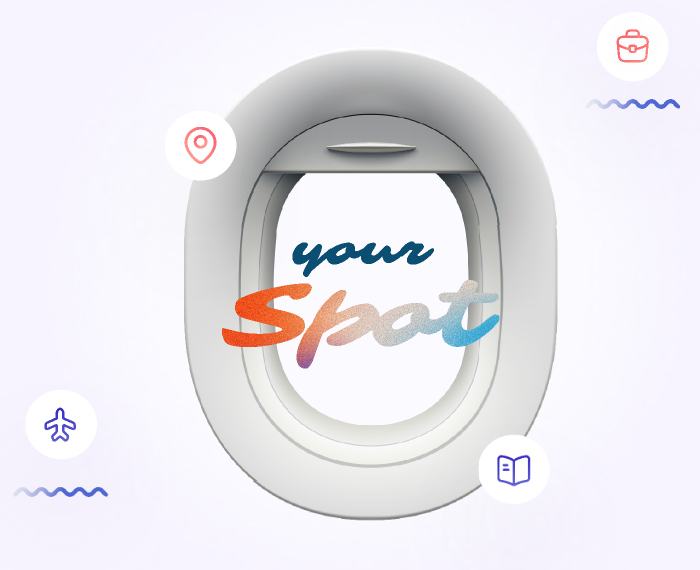

Express Entry program is indeed one of the most popular pathways for skilled workers seeking to immigrate to Canada permanently. One of the main advantages of the Express Entry system is its efficiency in processing applications. Express Entry is favoured for its quick processing times, allowing applicants to secure PR in Canada within a relatively short period. Candidates who receive an ITA can generally complete the permanent residence process within six months, making it a reasonably quick pathway compared to traditional immigration routes.
To be eligible for Express Entry, you need to qualify for one of the three economic immigration streams:
IRCC provides a user-friendly online tool to assess your eligibility for immigration programs—answer a few questions to receive your results and a personal reference code, then transfer your information from the tool to your Express Entry profile. You may refer to the comparison table on the Canadian government website to learn about these programs.
When eligible for an Express Entry program, create an account on the IRCC website. Then, submit your profile to enter the Express Entry pool of candidates formally. During this phase, no document uploads are required. However, upon receiving an invitation to apply for PR, you must upload supporting documents based on your profile information.
Preparing EE profile
You need certain documents ready before you start creating an account. Let us find out the essential lists below:
Ensure your test results are valid and not older than two years at the time of application submission.
Canada uses a point system to evaluate immigration applications based on skills, education, language ability, etc. The Comprehensive Ranking System (CRS) generates your score based on responses to several questions. You may check if you have scored the minimum required points from the recent invitation rounds.
Candidates in Express Entry can score up to 1200 points:
Things to Remember
Your Express Entry profile places you in a pool of potential candidates for immigration. Once completed and submitted online, you will receive a ranking in the Express Entry pool using the Comprehensive Ranking System (CRS) based on your profile information.
However, submitting an Express Entry profile is a different process compared to applying for Permanent Residence (PR). While everyone interested in immigration submits a profile, only high-ranking candidates are invited to apply for PR. Profiles can stay in the pool for up to a year. If any of your ranking factors change during this time, update your profile accordingly.
Those without a job offer can register with Canada Job Bank. While not mandatory, it is a beneficial platform for connecting with employers and enhancing opportunities in Canada.
During the process of filling out the PR application, each applicant is provided with a personalized document checklist. It is essential to thoroughly review this checklist and the document requirements before submitting.
Express Entry draws happen every few weeks to select the candidates from the pool. The highest-ranked candidates receive an ITA for Canadian PR. Upon receiving an ITA, candidates have 60 days to complete their PR application for Canada. It is crucial to complete application submissions on time as deadlines are not extendable.
Supporting Documents
When invited to apply, you must submit supporting documents like:
IRCC estimates a processing time of approximately six months after submission. So, keeping a copy of your submitted application is advisable.
Initially, the Express Entry process might appear complex. However, utilizing the resources offered by the Canadian government and seeking guidance from authorized immigration lawyers/consultants can significantly assist in realizing your Canadian aspirations.
The article offers general information and does not constitute legal, financial, or professional advice. Seek guidance from a professional advisor for specific assistance. While we aim for accuracy, we cannot guarantee complete precision. Author opinions may change over time. ImmiLaw Global and its affiliates do not explicitly or implicitly endorse third-party advice, opinions, information, products, or services.
Our experienced team comprises proficient immigration lawyers with extensive Canadian laws and regulations expertise. From setting up EE profiles to selecting PNP programs and more, we assist with various immigration needs. Connect with us to begin a brighter future in Canada.
Feel free to contact us for your queries.
Read To Know: In-Demand Skills: Immigration Pathways to Canada